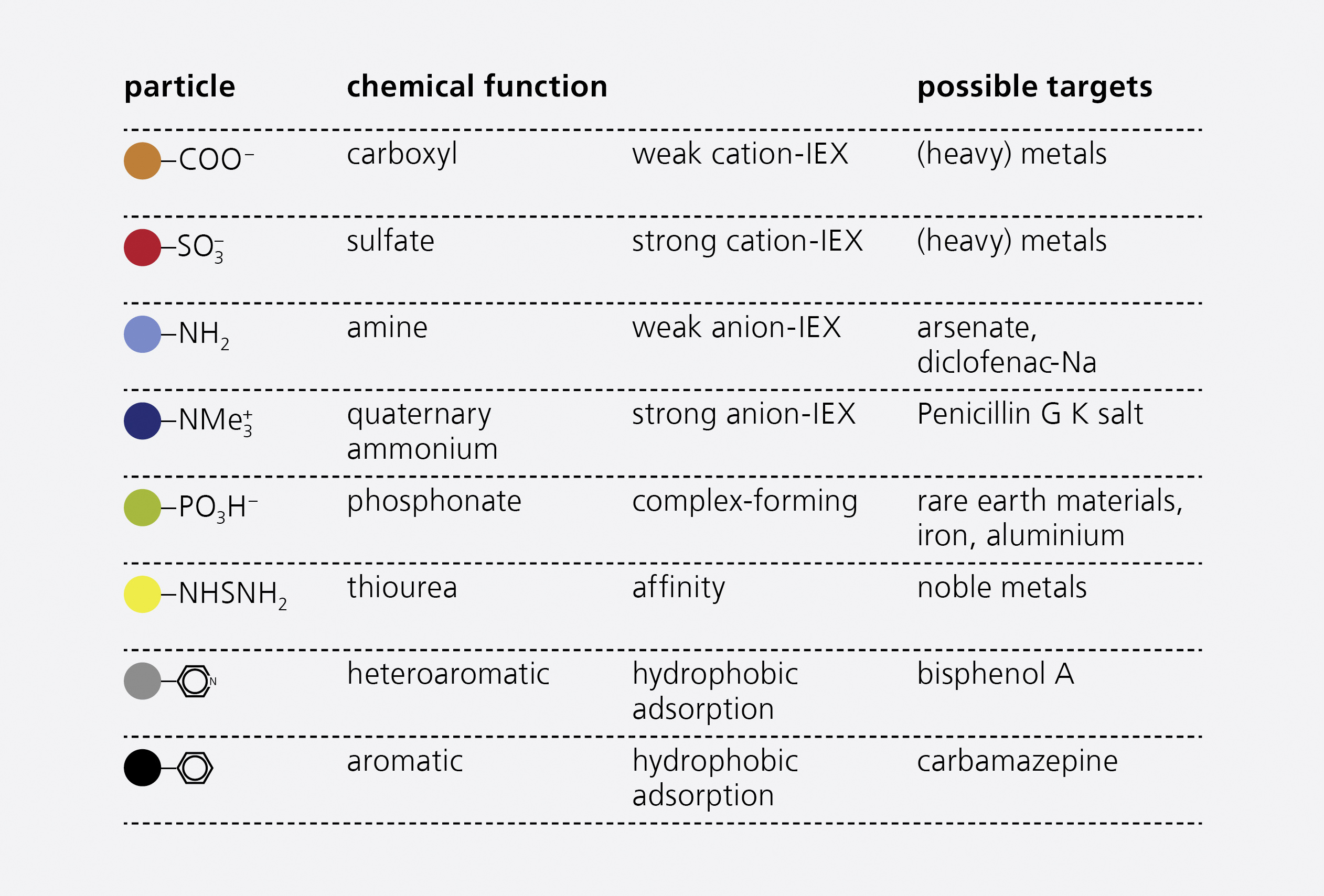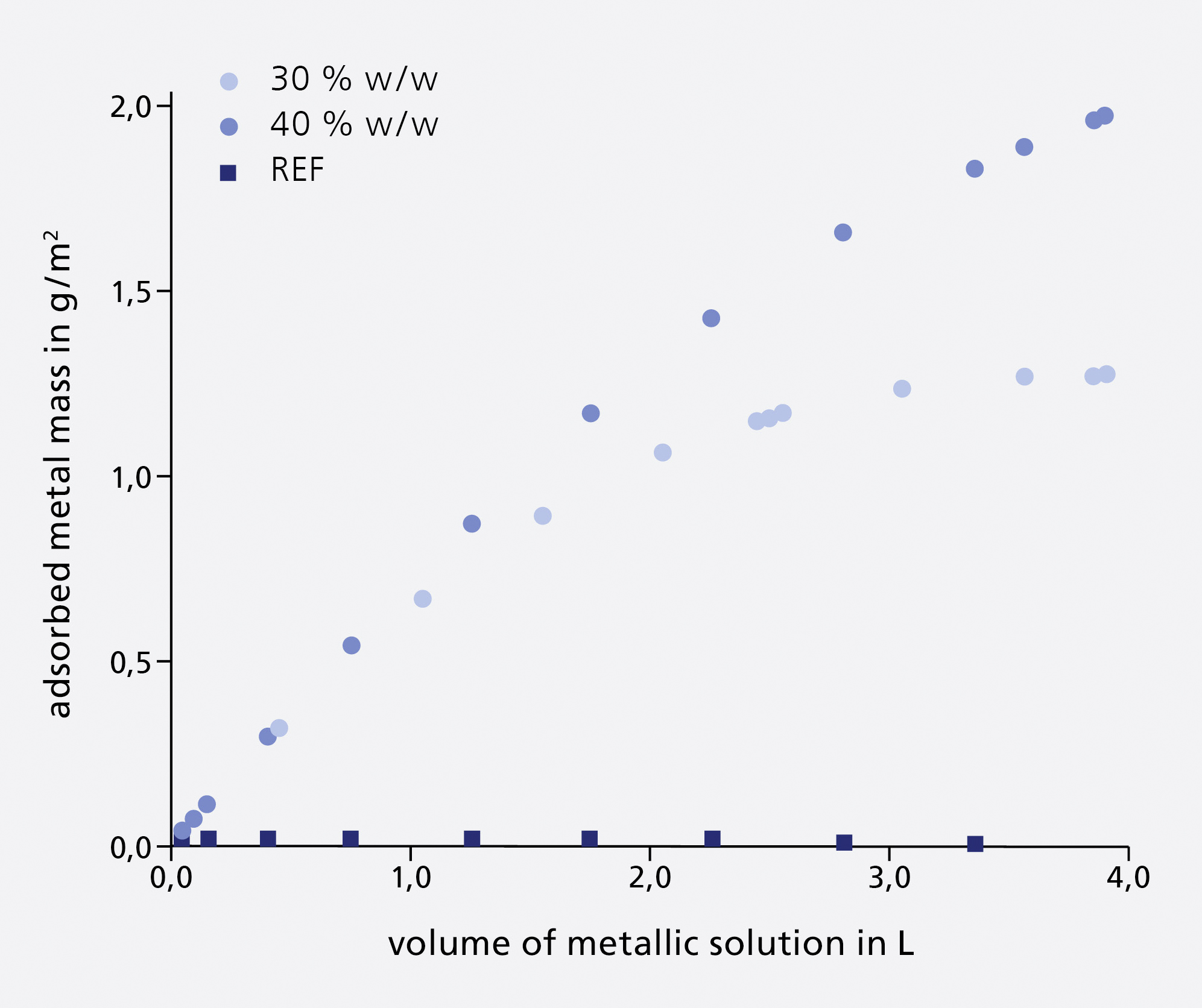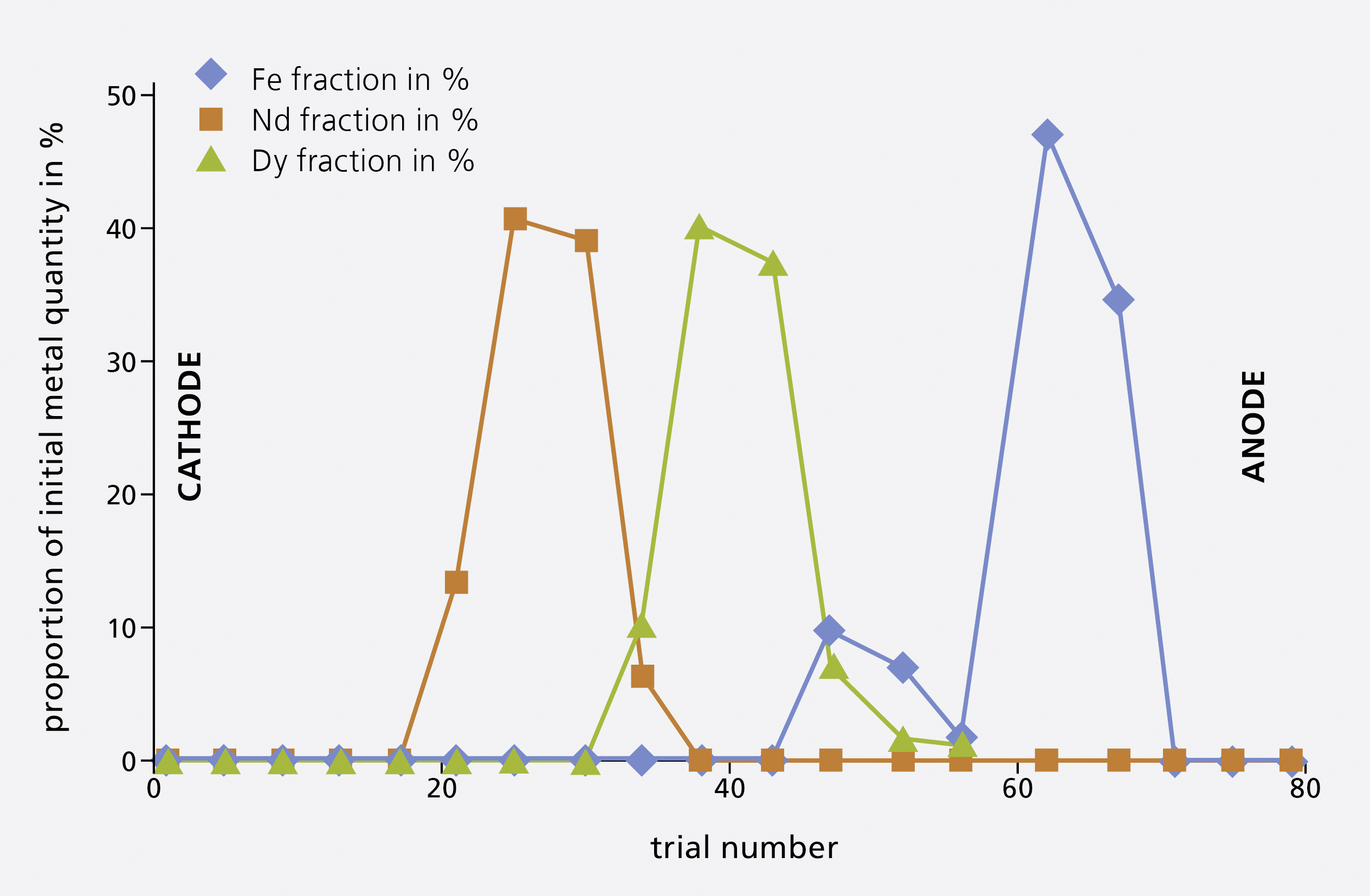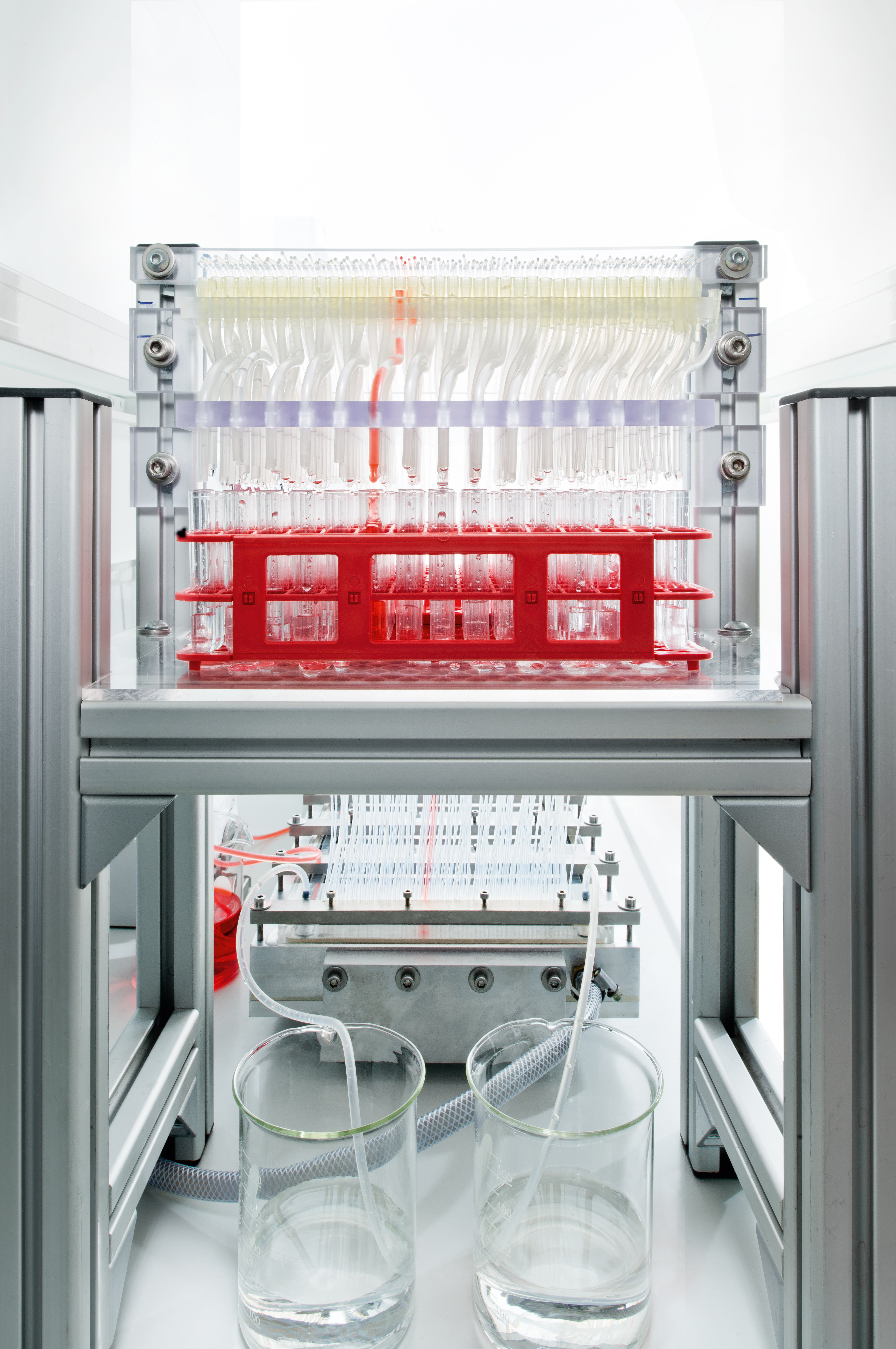The Fraunhofer “Rare earths criticality” lighthouse project tackles the third pillar of commodity strategy, focusing on the use of rare earth metals in high-performance magnets. As well as the Fraunhofer IGB, the project involves the Fraunhofer institutes IWM IWM-H, IWU, IFAM, LBF and ISI, plus the ISC’s IWKS project group. Its mission is to halve the specific, primary demand for heavy rare earth elements for the specific application “Dysprosium-containing Nd-Fe-B permanent magnets and systems for electric motors”. To achieve this goal, the Fraunhofer-Gesellschaft is pursuing four priorities:
- Material substitution – the project involves developing novel metallic phases, which require less or no rare earth metals, from simulation to manufacture
- More efficient processes – work on refining magnet production processes, e.g. net-shape production, dysprosium-layer technology, grain-size tuning technology
- Optimized design – here the focus is on the optimization of design from miniature electrical drives to the construction of demonstrators
- “Design for recycling” – this sub-project looks at aspects of recycling and the re-use of electric motors as well as the extraction of rare earths from permanent magnets and production waste. The spotlight is on the treatment and recycling of magnets as recycled granules for magnet production, as well as material recycling for the production of the purest possible rare earth metals or metal oxides.
The Fraunhofer IGB’s contribution is the sub-project “Recovery of rare earth metals from permanent magnets and production waste”, with which has three specific objectives. First, to develop methods for recycling sintered magnets from used old electric motors are to be to recycled in such a way that the recycled granules can be added tomake up at least 10 percent of primary production of the magnets without affecting impacting on the magnets’ properties of the magnets. The second objective involves investigating to what is to identify the extent the recycled magnetic granules can be used for in the production of plastic-bonded magnets. The third objective involves granulating old magnets and combining them with production residues such as grinding swarf to make new products. The magnetic granules and the abrasive dust are dissolved and separated into their component elements using physical- chemical or biotechnological methods, allowing recovery of rare earths as, optimally, pure metals oder metal oxides.
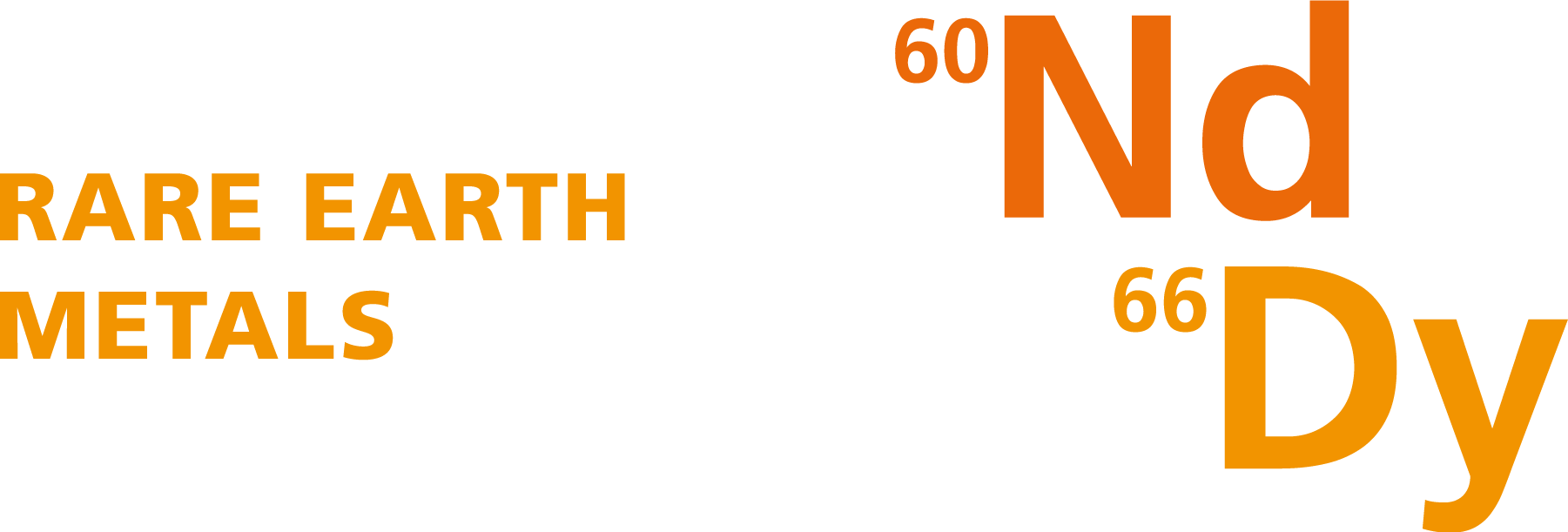
 Fraunhofer Institute for Interfacial Engineering and Biotechnology IGB
Fraunhofer Institute for Interfacial Engineering and Biotechnology IGB
